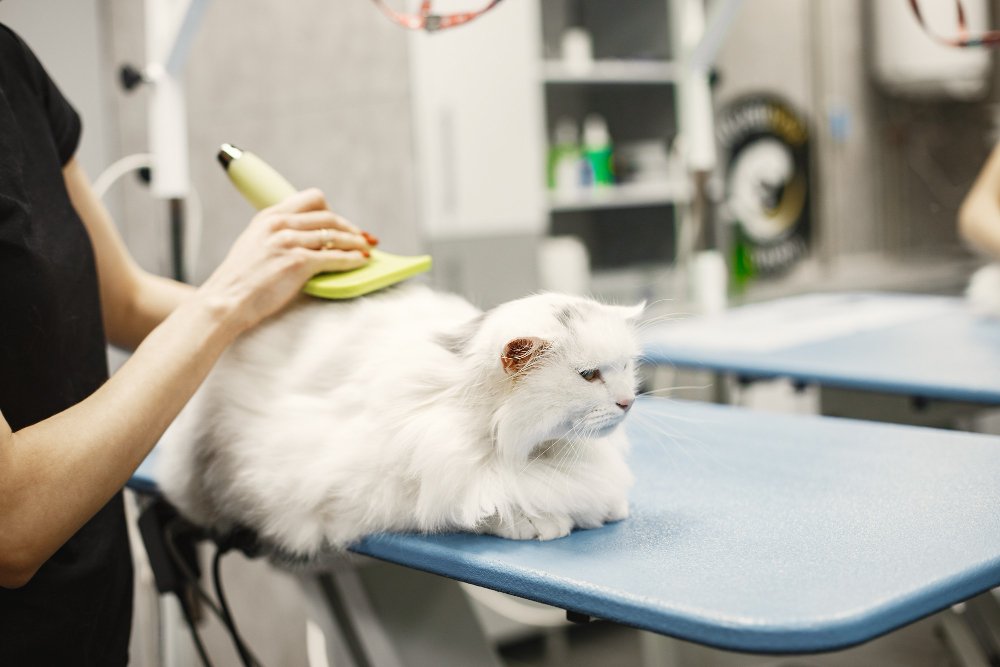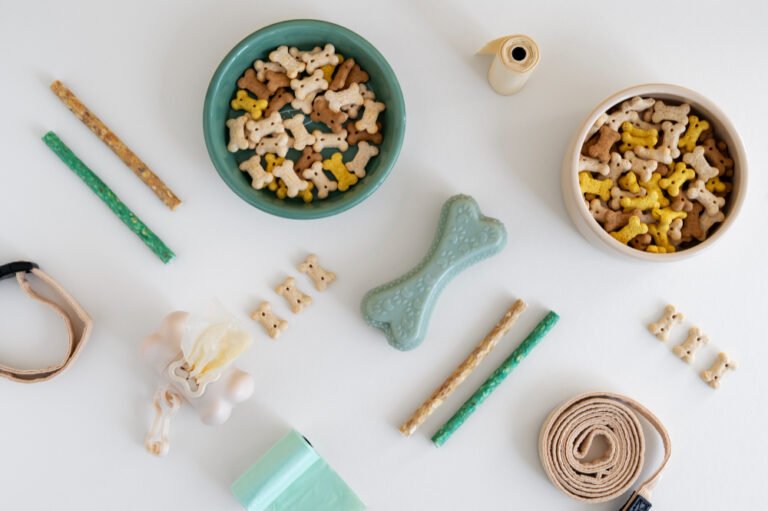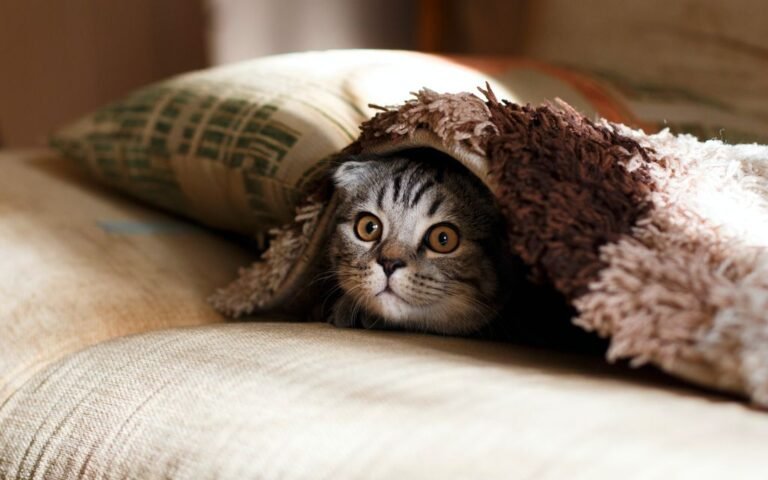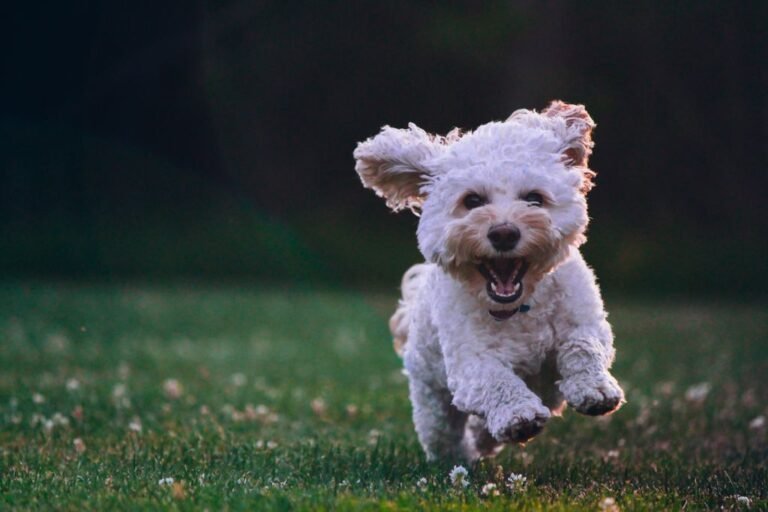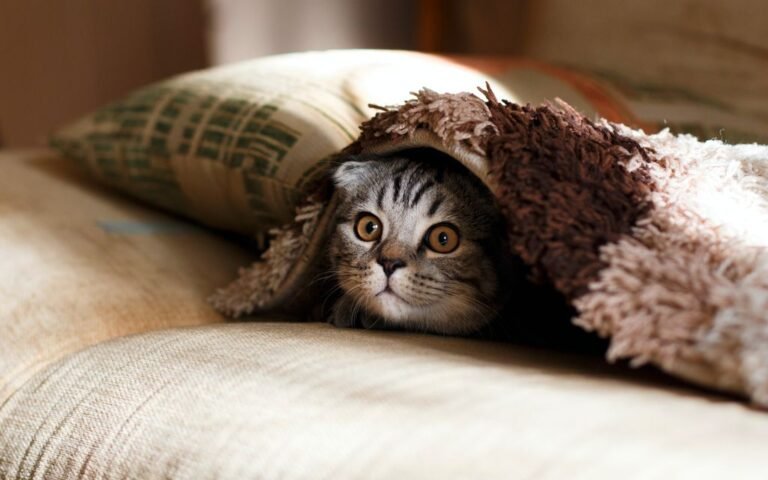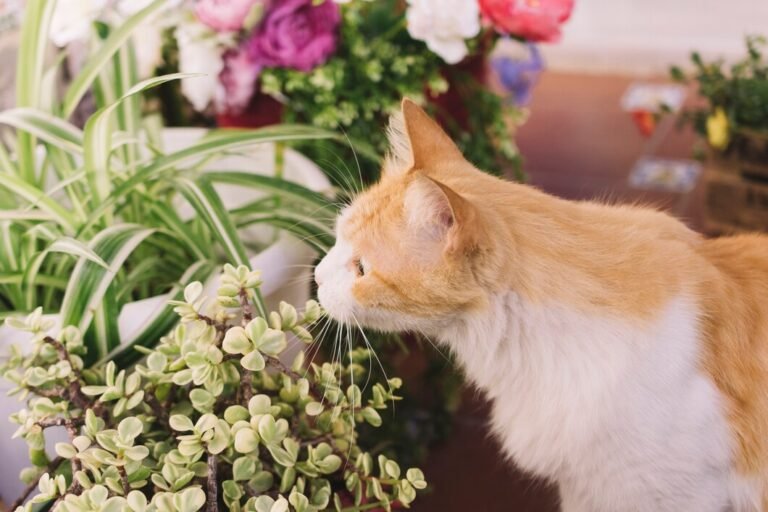Why Are Pet Grooming Brushes Important: Keeping Your Pet’s Coat Healthy and Clean
Pet grooming brushes are an essential tool for pet owners who want to keep their furry friends looking and feeling their best. Why Are Pet Grooming Brushes Important, Regular brushing helps to remove loose fur, dirt, and debris from your pet’s coat, preventing matting and tangles, and promoting healthy skin and coat. But with so many different types of brushes available, it can be challenging to know which one to choose. In this article, we’ll explore why pet grooming brushes are important, the different types of brushes available, and how to choose the right one for your pet.
When it comes to pet grooming, brushing is one of the most important things you can do for your pet’s health and wellbeing. Regular brushing helps to remove dead hair, dirt, and debris from your pet’s coat, preventing matting and tangles that can cause discomfort and even skin infections. It also promotes healthy skin and coat by distributing natural oils throughout the fur, leaving your pet looking and feeling their best.
With so many different types of brushes available, it can be challenging to know which one to choose. Some brushes are designed for specific coat types, while others are better suited for removing loose fur or detangling mats. In the next section, we’ll explore the different types of pet grooming brushes available and their uses.
Key Takeaways
- Pet grooming brushes are essential for maintaining healthy skin and coat in pets.
- There are various types of pet grooming brushes available, each with its specific use.
- Choosing the right brush for your pet’s coat type and grooming needs is crucial for effective grooming.
Why Are Pet Grooming Brushes Important
Pet grooming brushes are an essential tool for pet owners who want to keep their furry friends looking healthy and well-groomed. Here are some of the essential benefits of using pet grooming brushes:
Promoting Healthy Skin and Coat
Regular brushing helps to remove dirt, debris, and loose hair from your pet’s coat, which can prevent tangles and mats from forming. This can help to promote healthy skin and coat by allowing air to circulate around your pet’s skin, which can reduce the risk of skin infections and other skin problems.
Grooming brushes can also help to distribute natural oils throughout your pet’s coat, which can help to keep their skin moisturized and prevent dryness and flakiness. This can also help to reduce shedding and keep your home cleaner.
Detecting Health Issues Early
Using a grooming brush on your pet can also help you to detect health issues early. By regularly brushing your pet, you can become familiar with their normal skin and coat condition, which can make it easier to spot any changes that may indicate a health problem.
For example, if you notice that your pet’s skin is red, inflamed, or has a rash, this could be a sign of an allergy or other skin condition. Similarly, if you notice that your pet’s coat is thinning or falling out in patches, this could be a sign of an underlying health problem.
Overall, pet grooming brushes are an essential tool for pet owners who want to keep their furry friends looking and feeling their best. By promoting healthy skin and coat and detecting health issues early, grooming brushes can help to keep your pet healthy and happy for years to come.
Types of Pet Grooming Brushes and Their Uses
Pet grooming brushes come in various types and styles, each with a specific purpose. It is essential to choose the right type of brush for your pet to ensure that their coat stays healthy and shiny. Here are the common types of pet grooming brushes and their uses:
Bristle Brushes
Bristle brushes are the most common type of pet grooming brush. They come in different sizes and shapes, and they are made of soft or stiff bristles. Soft bristle brushes are ideal for pets with short hair, while stiff bristle brushes are better for pets with long hair.
Bristle brushes are excellent for removing loose fur, dirt, and debris from your pet’s coat. They also help distribute natural oils throughout the coat, making it shiny and healthy.
Wire Pin Brushes
Wire pin brushes have long, thin wires with rounded tips that are excellent for removing tangles and mats in your pet’s fur. They are ideal for pets with medium to long hair, and they come in different sizes and shapes.
Wire pin brushes are also great for removing loose fur and debris from your pet’s coat. They are gentle on your pet’s skin, making them perfect for pets with sensitive skin.
Slicker Brushes
Slicker brushes have fine, short wires close together that are excellent for removing tangles and mats in your pet’s fur. They are ideal for pets with medium to long hair, and they come in different sizes and shapes.
Slicker brushes are also great for removing loose fur and debris from your pet’s coat. They are gentle on your pet’s skin, making them perfect for pets with sensitive skin.
Combs and Rakes
Combs and rakes are excellent for removing tangles and mats in your pet’s fur. They come in different sizes and shapes, and they are ideal for pets with long hair.
Combs and rakes are also great for removing loose fur and debris from your pet’s coat. They are gentle on your pet’s skin, making them perfect for pets with sensitive skin.
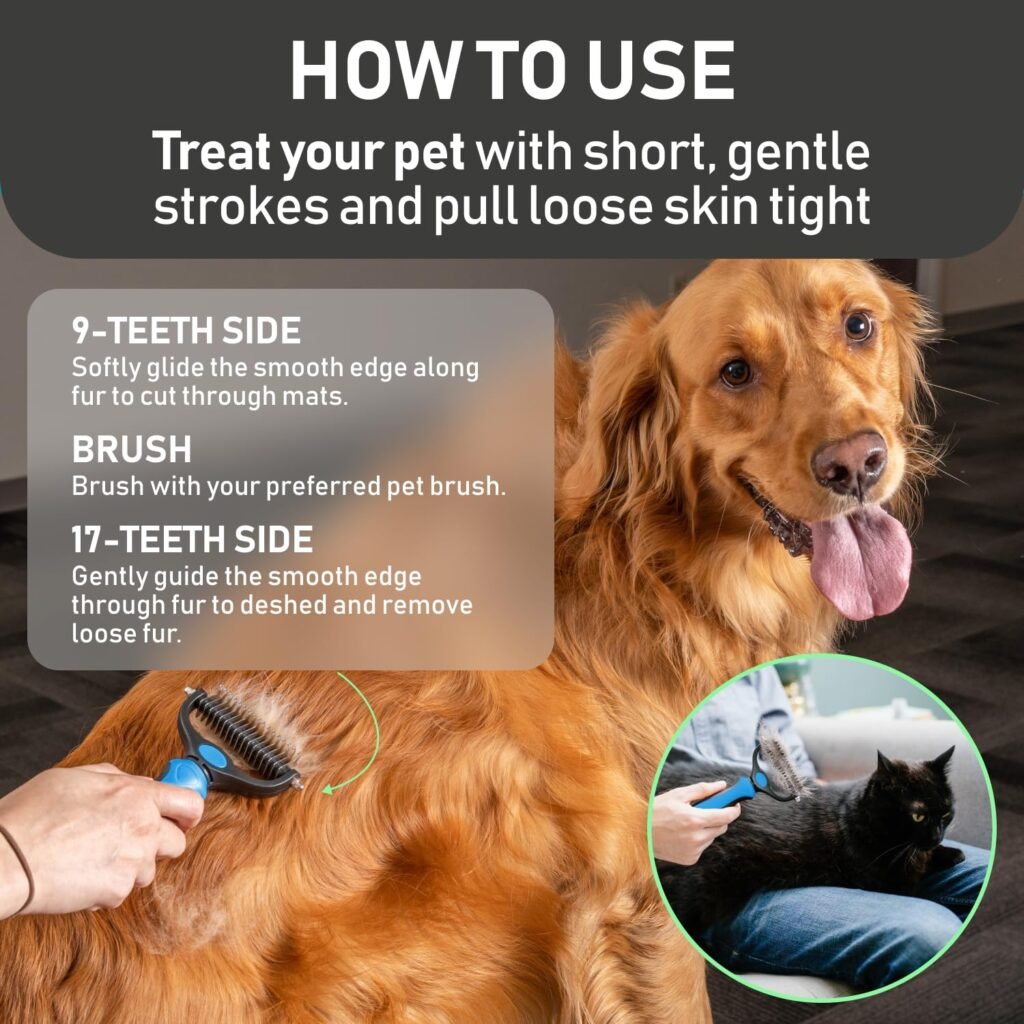
In conclusion, choosing the right type of pet grooming brush is essential for maintaining your pet’s coat’s health and shine. By using the appropriate brush, you can help prevent tangles and mats, remove loose fur and debris, and distribute natural oils throughout your pet’s coat.
Choosing the Right Brush for Your Pet
When it comes to pet grooming, choosing the right brush for your furry friend is crucial. Not all brushes are created equal, and selecting the wrong one can lead to discomfort and even skin irritation. Here are some considerations to keep in mind when selecting a brush for your pet.
Considerations for Different Coat Types
Different coat types require different types of brushes. For example, a slicker brush is ideal for pets with long, curly hair, while a bristle brush is better suited for short-haired breeds. Here are some of the most common coat types and the brushes that work best for them:
- Short-haired: bristle brush, rubber curry brush
- Long-haired: slicker brush, pin brush, undercoat rake
- Curly-haired: slicker brush, pin brush, comb
It’s important to note that some breeds may have a combination of coat types, so it’s best to consult with a professional groomer or veterinarian to determine the best brush for your pet.
Understanding Your Pet’s Grooming Needs
In addition to considering your pet’s coat type, it’s important to understand their specific grooming needs. For example, pets with thick undercoats may require a de-shedding tool to help remove excess fur. Pets with sensitive skin may benefit from a softer brush or one with rubber bristles to avoid irritation.
It’s also important to consider your pet’s activity level and lifestyle. Outdoor pets may require more frequent brushing to remove dirt and debris, while indoor pets may need less frequent grooming.
Overall, choosing the right brush for your pet can help keep them comfortable and healthy. By considering their coat type and grooming needs, pet owners can select the best tool for the job and ensure their furry friend stays happy and healthy.
Techniques for Effective Grooming
Brushing Basics
Brushing your pet regularly is an essential part of their grooming routine. It not only helps to keep their coat looking shiny and healthy but also prevents mats and tangles from forming. Here are some basic techniques for effective brushing:
- Start at the head and work your way down towards the tail, brushing in the direction of hair growth.
- Use a slicker brush for removing tangles and mats, and a bristle brush for smoothing and finishing.
- Be gentle when brushing sensitive areas like the face, ears, and belly.
- Use treats and positive reinforcement to make brushing a positive experience for your pet.
Avoiding Common Grooming Mistakes
While regular grooming is important, it’s equally important to avoid common mistakes that can cause harm to your pet. Here are some mistakes to avoid:
- Using the wrong brush: Using the wrong brush for your pet’s coat type can cause discomfort and even pain. Be sure to choose a brush that’s appropriate for your pet’s hair length and texture.
- Brushing too hard: Brushing too hard can cause skin irritation and even injury. Be sure to use gentle, light strokes when brushing your pet’s coat.
- Neglecting the ears: Neglecting the ears can lead to ear infections and other health problems. Be sure to clean your pet’s ears regularly and check for any signs of infection or irritation.
- Skipping the bath: While brushing is important, it’s not a substitute for regular baths. Be sure to bathe your pet regularly to keep their coat clean and healthy.
By following these basic techniques and avoiding common mistakes, you can help ensure that your pet’s grooming routine is effective and safe.
Maintaining and Cleaning Grooming Brushes
Pet grooming brushes are essential tools for keeping your furry friend’s coat healthy and shiny. However, it’s crucial to maintain and clean these brushes regularly to ensure their effectiveness and longevity.
Firstly, it’s essential to remove any hair or debris from the brush after each use. This can be done by using a comb or your fingers to pull out any hair or dirt that may have accumulated in the bristles. It’s also important to check the brush for any signs of wear and tear, such as broken or bent bristles, and replace it if necessary.
To clean the brush thoroughly, it’s recommended to use a mild soap or shampoo and warm water. Gently scrub the bristles with the soap solution, making sure to reach all areas of the brush. Rinse the brush thoroughly with warm water and allow it to air dry completely before using it again.
For brushes with metal bristles, it’s essential to dry them thoroughly after cleaning to prevent rusting. You can also use a small amount of oil to lubricate the bristles and prevent rusting.
In summary, maintaining and cleaning your pet grooming brushes regularly will not only ensure their effectiveness but also prolong their lifespan. By following these simple steps, you can keep your furry friend’s coat healthy and shiny for years to come.
Frequently Asked Questions
What advantages do grooming brushes offer for a pet’s coat and skin health?
Grooming brushes offer several advantages for a pet’s coat and skin health. Regular brushing helps to remove dirt, debris, and loose hair from the pet’s coat, preventing matting and tangling. It also helps to distribute natural oils throughout the coat, keeping it healthy and shiny. Brushing also stimulates blood flow to the skin, promoting healthy skin and hair growth.
How does regular brushing affect a dog’s shedding and cleanliness?
Regular brushing helps to reduce shedding by removing loose hair from the pet’s coat before it falls out on its own. This can help to keep the pet and its environment cleaner. Brushing also helps to remove dirt and debris from the coat, reducing the risk of skin infections and other health issues.
How can regular grooming prevent common pet skin issues?
Regular grooming can prevent common pet skin issues by removing dirt, debris, and dead skin cells from the coat. This helps to prevent skin infections and other health issues. Regular grooming also helps to stimulate blood flow to the skin, promoting healthy skin and hair growth.
What role does brush maintenance play in effective pet grooming?
Brush maintenance is an important part of effective pet grooming. Brushes should be cleaned and disinfected regularly to prevent the spread of bacteria and other harmful organisms. It is also important to replace brushes that are worn or damaged, as they may not be as effective at removing dirt and debris from the pet’s coat.

